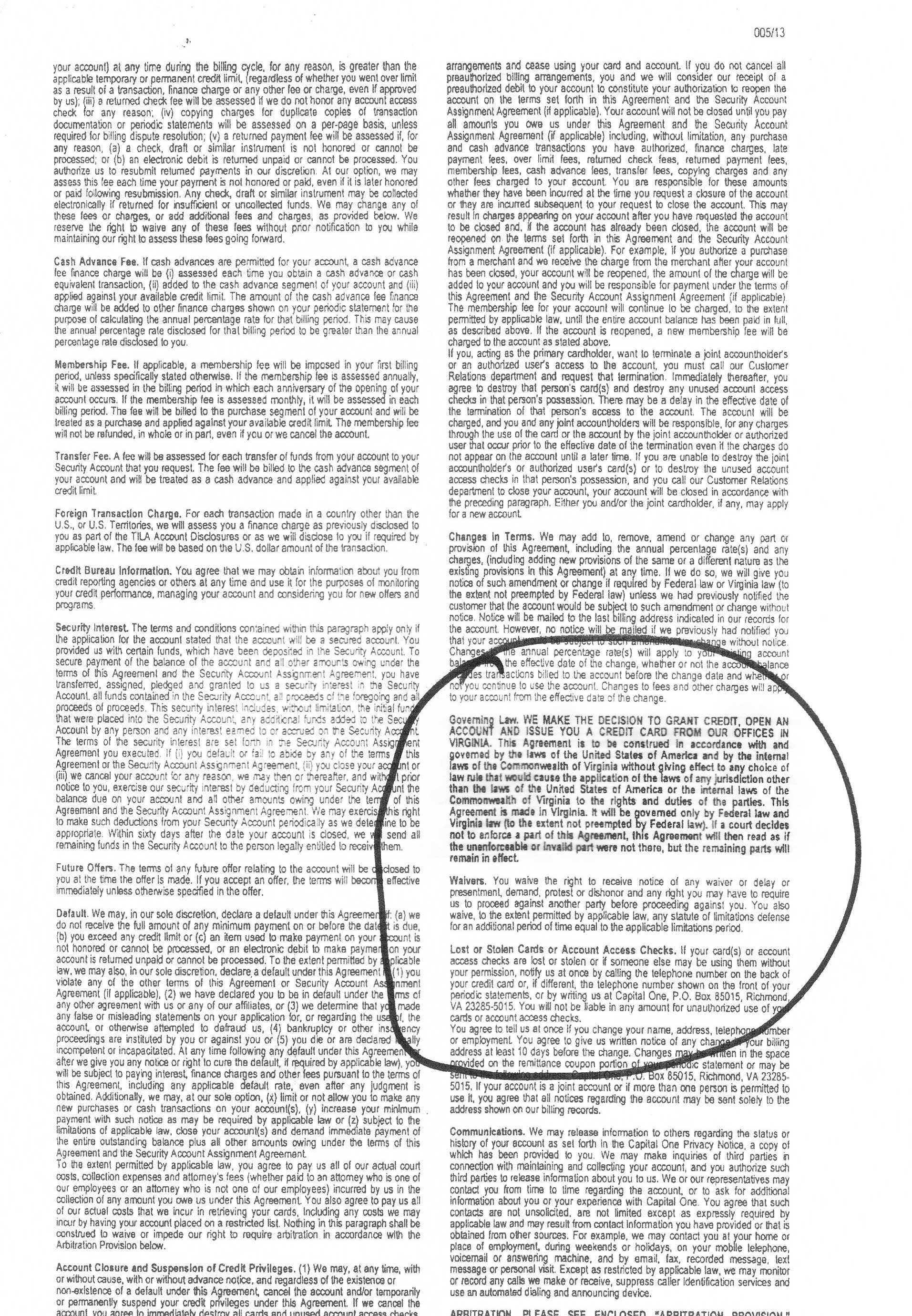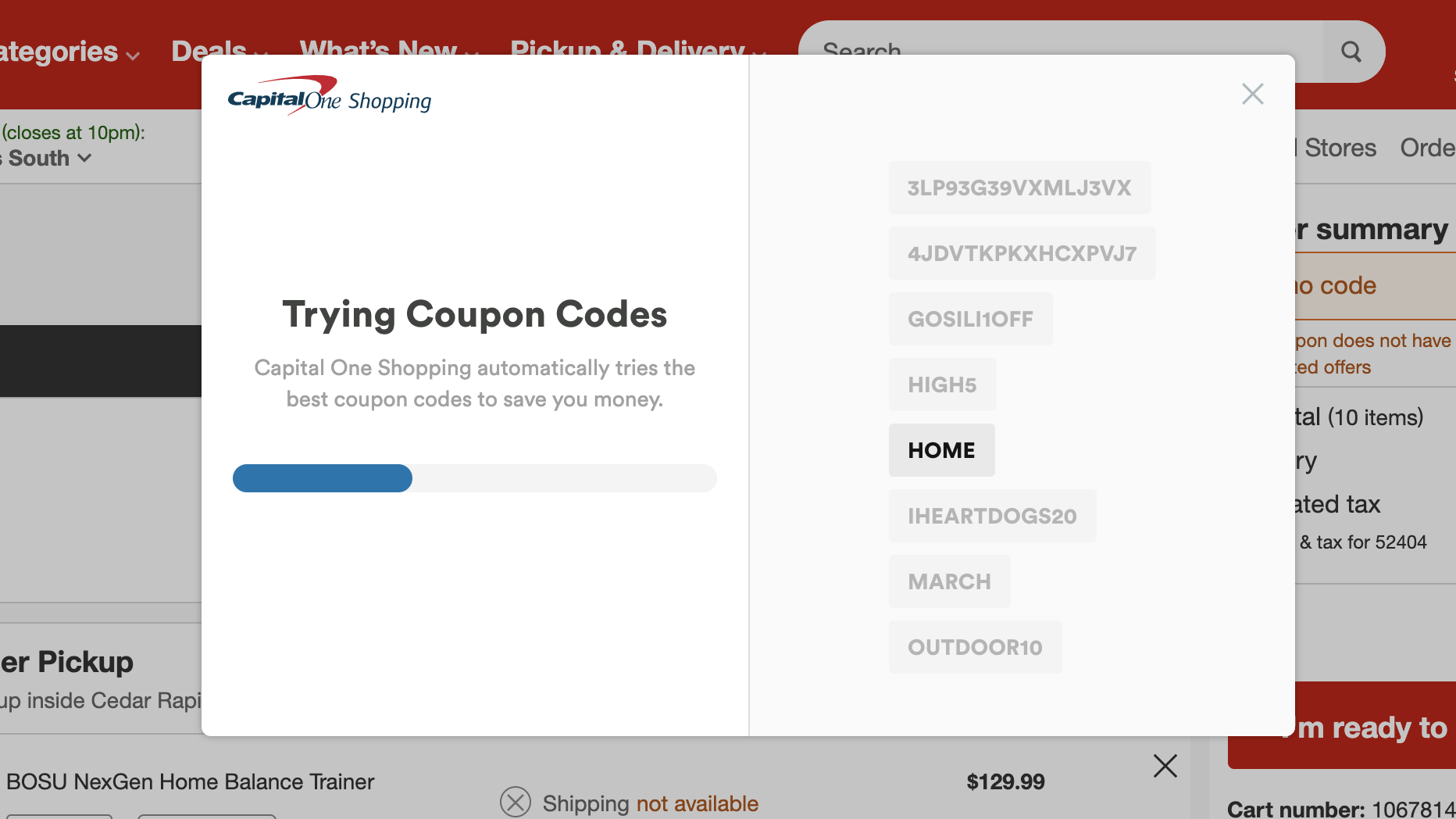

Past performance is not a guarantee of future results. Investing involves market risk, including possible loss of principal, and there is no guarantee that investment objectives will be achieved. When to expect your tax forms All Brokerage and Managed Accounts This form reports your IRA, SEP–IRA, ROTH IRA, and SIMPLE IRA contributions. sources to a nonresident alien (except gross proceeds from sales). This form reports certain income paid from U.S. May include IRS Forms 1099-DIV, 1099-INT, 1099-MISC, 1099-B and 1099-OID, depending on your situation. Form 1099-R reports distributions from IRA, SEP–IRA, SIMPLE IRA, Roth IRA and QRP accounts.īrokerage and Managed Accounts (CSP, MFAP, PMP, SAS, JPMCAP, FIAP)Ĭonsolidated 1099 tax forms and supplemental information Cash advances : This details any cash you withdrew against your card’s balance.Form 1099-Q reports distributions from Coverdell ESAs.Balance transfers : If you transferred a different credit card’s balance over, the amount you still owe will be shown here.

Capital one paperless statements discount full#
Paying your balance in full every billing cycle can help you pay less in interest than you would if you carried over your balance from month to month. But interest is also typically charged on transactions like cash advances and balance transfers, starting from the date of the transaction.
Interest charges: If you carry a balance from a previous statement, you’ll likely be charged interest. You may also see the application of balance transfer or cash advance fees. These could include things like late payment fees or your card’s annual fee. Fees: Issuers are required to provide details about any fees you owe. Account credits: This can include refunds, earned rewards or mistakes that have been credited back to you. Payments: Any payments you made on your account during the last billing cycle. This is where many issuers list all the details of your account summary.ĭepending on the lender, you may see transactions grouped by date or type. It also shows how much you could wind up paying in interest. The minimum payment warning shows how long it would take to pay your balance using the minimum or other small payments. Minimum payment warning: The amount you pay each month can impact how long it takes you to pay off your balance in full. If so, you may see that rate listed here as well. Some issuers may also charge increased interest, also referred to as a penalty fee. This lets you know what that fee could be. Late payment warning: Depending on your issuer, you may be charged a late fee. Just remember, by paying only the minimum, you could incur interest charges and increase the time it takes to pay off your balance. Minimum payment due: If you’re unable to pay the full balance, you can pay at least this amount to avoid a late fee and keep your account in good standing. It’s the total of all the transactions, fees, interest and unpaid balances on your card since your last billing cycle. New balance: Sometimes also called a statement balance, this is how much you owe at the end of the billing cycle. Policies can vary though, so be sure to check with your lender. And online or phone payments may be accepted on the due date past that time. 
Mailed payments are typically considered on time if they reach the credit card company by 5 p.m. Payment due date: A payment toward your balance must be made on or before this date.A payment information box usually appears near the top of your credit card statement.







 0 kommentar(er)
0 kommentar(er)
